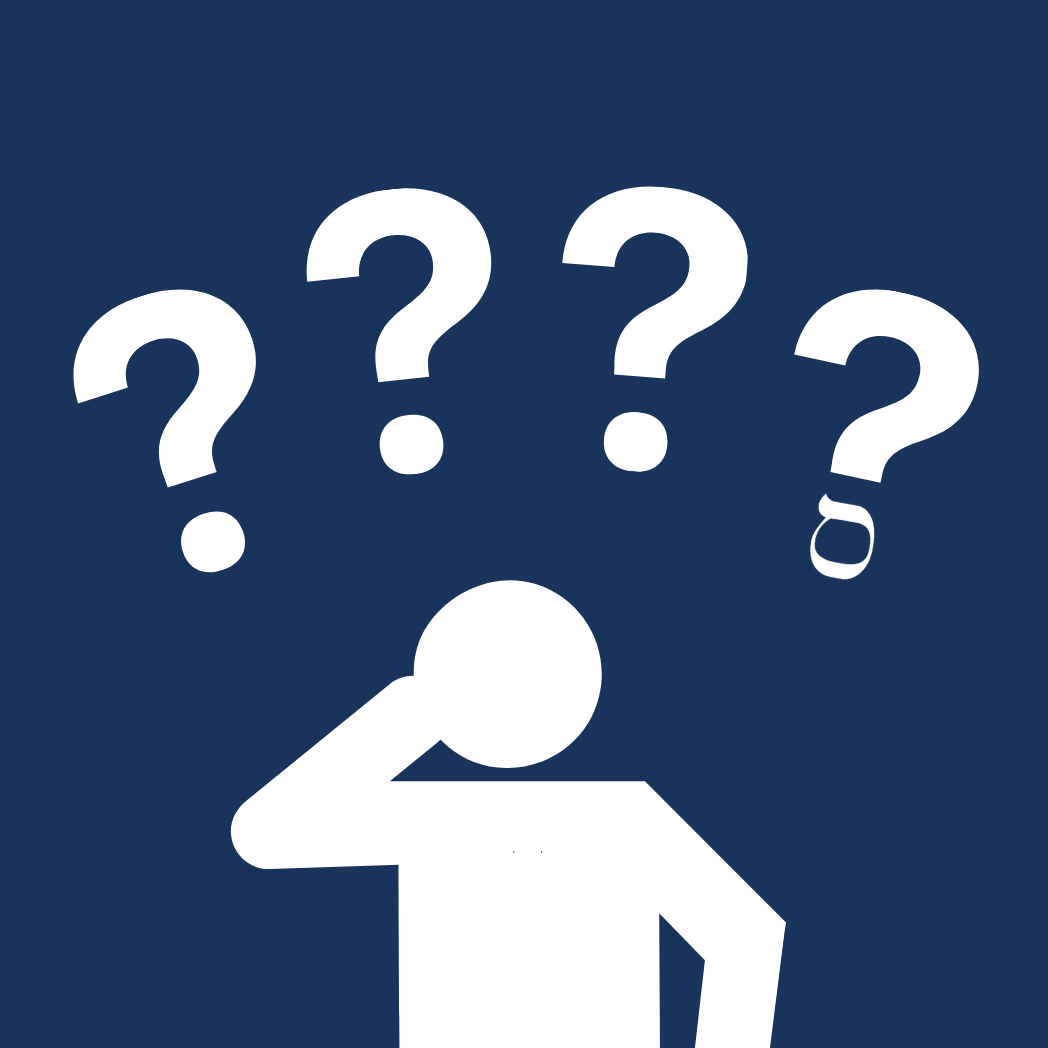
Modern day educators understand that children are individuals and learn differently from each other. In order to teach effectively, a teacher must figure out what the student wants to learn, how they learn best, where they are at emotionally, and adjust their instruction accordingly.
The educators (rabbis) in the Mishnaic period, who lived about 2,000 years ago, also understood this. Here’s what they had to say about teaching children at the seder:
וּלְפִי דַעְתּוֹ שֶׁל בֵּן, אָבִיו מְלַמְּדוֹ.
And according to the intelligence and the ability of the child, the parent teaches about the Exodus.
This idea made its way into the Haggadah in the form of a famous story about four children who ask questions and receive individualized replies from their parents.
כְּנֶגֶד אַרְבָּעָה בָנִים דִּבְּרָה תוֹרָה: אֶחָד חָכָם, וְאֶחָד רָשָׁע, וְאֶחָד תָּם, וְאֶחָד שֶׁאֵינוֹ יוֹדֵעַ לִשְׁאוֹל.
Corresponding to four children did the Torah speak; one [who is] wise, one [who is] rebellious, one who is simple and one who doesn't know to ask.
Let’s look at each child’s question one at a time, along with the parents’ response.
The Wise Child
חָכָם מָה הוּא אוֹמֵר? מָה הָעֵדוֹת וְהַחֻקִּים וְהַמִּשְׁפָּטִים אֲשֶׁר צִוָּה ה' אֱלֹהֵינוּ אֶתְכֶם. וְאַף אַתָּה אֱמוֹר לוֹ כְּהִלְכוֹת הַפֶּסַח: אֵין מַפְטִירִין אַחַר הַפֶּסַח אֲפִיקוֹמָן:
What does the wise [child] say? "'What are these testimonies, statutes and judgments that the Lord our God commanded you?'" And accordingly you should teach the laws of Passover.
The wise child asks a very detailed question. This child seems to want to know everything there is to know about the Passover seder.
- The Haggadah advises the parent to answer the wise child with lots of details about Passover. What do you think should be included in the answer?
The Rebellious Child
רָשָׁע מָה הוּא אוֹמֵר? מָה הָעֲבוֹדָה הַזּאֹת לָכֶם... וְאַף אַתָּה הַקְהֵה אֶת שִׁנָּיו וֶאֱמוֹר לוֹ: "בַּעֲבוּר זֶה עָשָׂה ה' לִי בְּצֵאתִי מִמִּצְרָיִם". לִי וְלֹא־לוֹ. אִלּוּ הָיָה שָׁם, לֹא הָיָה נִגְאָל:
What does the rebellious [child] say? "What is this service to you?" And accordingly, you speak harshly and say, "For the sake of this, did the Lord do [this] for me in my going out of Egypt" 'For me' and not 'for him.' If he had been there, he would not have been saved.
The authors of the Haggadah describe the rebellious child as someone who feels excluded or who excluded themselves. Some commentators note, though, that although this child feels like an outsider they are still sitting at the table.
- How do you feel about the answer to the rebellious child given by the Haggadah?
- How would you respond to the child’s challenge?
The Simple Child
תָּם מָה הוּא אוֹמֵר? מַה זּאֹת? וְאָמַרְתָּ אֵלָיו "בְּחוֹזֶק יָד הוֹצִיאָנוּ ה' מִמִּצְרַיִם מִבֵּית עֲבָדִים".
What does the simple [child] say? "What is this?" And you will say, "With a strong hand the Lord took us out from Egypt, from the house of slaves."
The simple child asks a simple question and receives a basic answer. Sometimes we are so excited about a topic that we give our children more information than they are ready for or are interested in. The authors of the Haggadah are reminding us not to overwhelm our children with more information than they are ready for.
- Try to explain Passover with only a few words. Who at your table can explain the most with the fewest words?
The Child Who Doesn't Ask
וְשֶׁאֵינוֹ יוֹדֵעַ לִשְׁאוֹל – אַתְּ פְּתַח לוֹ
As for the one who doesn't know to ask, you will begin [the conversation].
The quiet child doesn’t speak up or ask a question. Perhaps the child is too young to ask, is shy, or doesn’t have enough background knowledge to ask a question.
- Why do you think the rabbis provided an “answer” even though the child didn’t verbalize a question?
- What would you say to the quiet child?
Family Discussion
- How would you portray each child? What would you include in each drawing to indicate which child it is?
- Look at the illustrations of the four children in the manuscript section of the Sefaria Haggadah or other Haggadot that you might have in your home. How is each child depicted? What do the artists’ depictions add to your understanding of the children?




